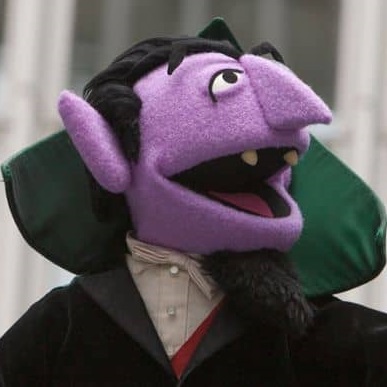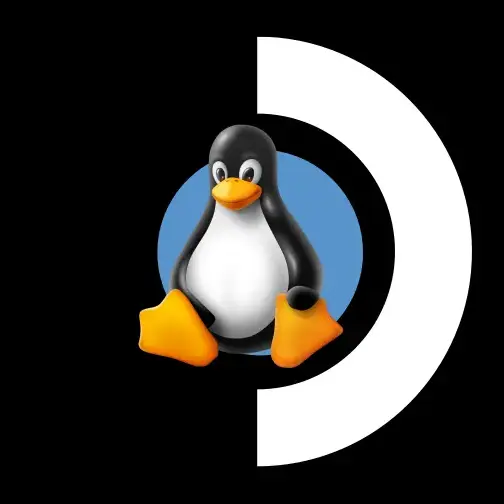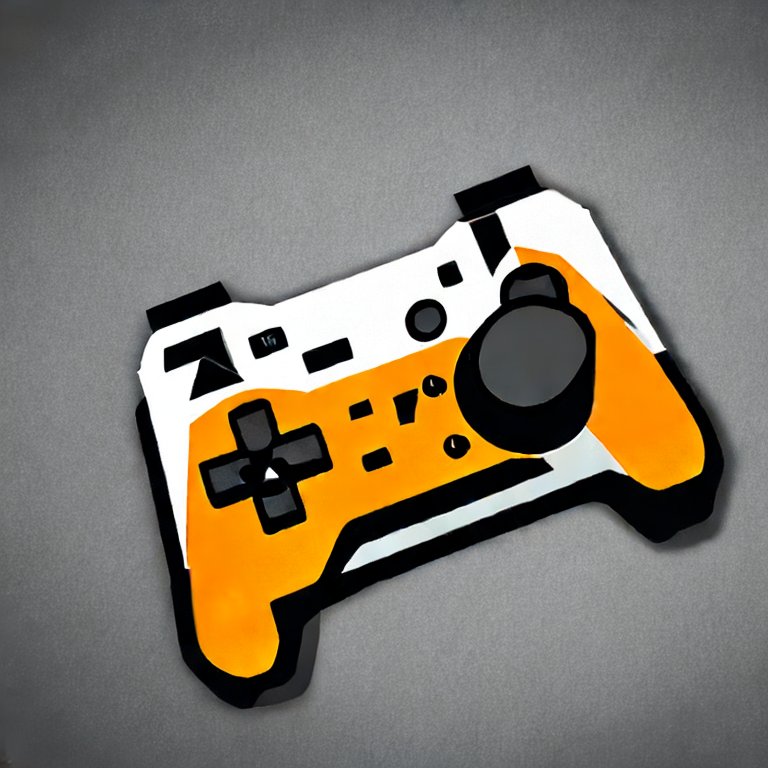

To be “FreeSync certified”, a monitor has to have certain minimum specs and must pass some tests regarding its ability to handle Variable Refresh Rate (VRR). In exchange for meeting the minimum spec and passing the tests, the monitor manufacturer gets to put the FreeSync logo on the box and include FreeSync support in its marketing. If a consumer buys an AMD graphics card and a FreeSync certified monitor then FreeSync (AMD’s implementation of VRR) should work out of the box. The monitor might also be certified by Nvidia as GSync compatible, in which case another customer with an Nvidia graphics card should have the same experience with Gsync.




I’d argue that Molyneux from the 80s and 90s was a great game designer. Populous, Theme Park and Dungeon Keeper were all critically praised at launch and sold well, and in all the sources I’ve seen he’s credited as the main designer on those game. This was mostly pre-internet, so if he was over promising features in those games that hype wouldn’t typically reach the game-buying public.
The rise of Internet game journalism is what really fueled the self-destruction of his legacy. Black and White was the first Molyneux game where I can recall seeing tons of prelaunch hype, with many of the hyped features absent from the finished product. Game journalists have consistently given Molyneux a platform, initially because of his early hits but later because he’s reliable clickbait. They don’t care that he’s full of shit, they know it’ll drive engagement, and negative engagement is just as good as positive for their bottom line.
Even with all the over promising and under delivering he’s done since 2000, there are still plenty of people who love the Fable and Black and White series. I think if the man had ever learned to keep his mouth shut before features were locked, he might have a markedly different legacy. But he just couldn’t do that, so now I keep a Polaroid of him pinned on my corkboard with “don’t believe his lies” written on the bottom in permanent marker.